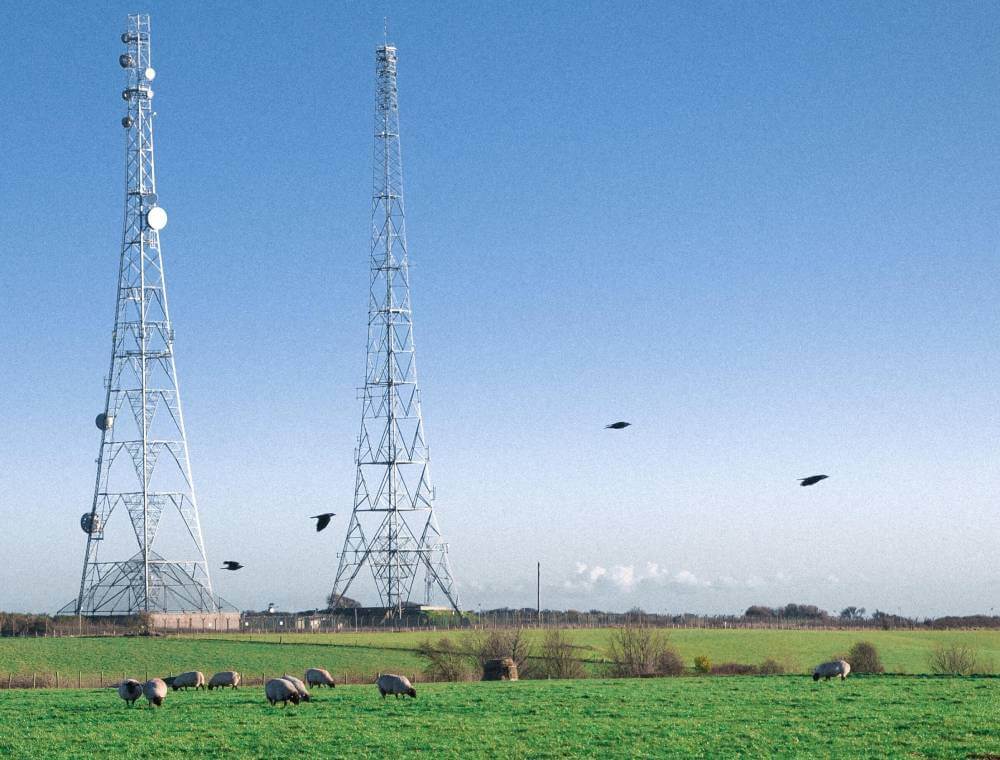Bridging the Digital Divide: How WISPs Are Bringing Broadband Internet Service to Rural Areas
Introduction
- by ISPadmin
- 2023 / 06 / 14
- Growth


In today’s interconnected world, access to reliable and high-speed internet has become a necessity. It empowers individuals, businesses, and communities, enabling them to communicate, learn, and thrive. However, the digital divide persists, leaving many rural areas underserved or completely disconnected from the digital revolution. This is where Wireless Internet Service Providers (WISPs) step in, playing a crucial role in bridging the gap and bringing broadband internet service to rural communities. In this article, we will explore how WISPs are revolutionizing connectivity in remote regions and empowering rural populations.
Understanding WISPs
Wireless Internet Service Providers are companies or organizations that utilize wireless technology to deliver internet connectivity to customers. Unlike traditional ISPs that rely on physical infrastructure such as cables and fiber-optic lines, WISPs use radio signals to transmit data wirelessly. This wireless transmission allows them to reach areas that are difficult to serve through traditional means, making them ideal for delivering broadband services to rural communities.
Overcoming Geographic Challenges
Rural areas often face geographic challenges, such as rugged terrain, vast distances, and low population densities, which make it economically unviable for traditional ISPs to invest in infrastructure. WISPs, however, can leverage wireless technology to overcome these challenges effectively. By installing radio transmitters on towers, rooftops, or other elevated structures, they can transmit signals over long distances and provide coverage to remote areas that were previously underserved.
Utilizing Different Wireless Technologies
WISPs employ various wireless technologies to deliver broadband internet to rural areas. One of the commonly used technologies is Fixed Wireless, which uses point-to-point or point-to-multipoint connections. In point-to-point connections, a direct wireless link is established between the customer’s location and the WISP’s transmission point, ensuring reliable and high-speed connectivity. Point-to-multipoint connections, on the other hand, involve a single transmission point serving multiple customers within its range.
The impact of WISPs in rural areas cannot be overstated. By bringing broadband internet service to these communities, WISPs are empowering individuals, businesses, and institutions in several ways:
- Education: Access to high-speed internet allows students in rural schools to access online educational resources, collaborate with peers, and engage in distance learning programs. It opens up a world of knowledge and opportunities, enabling students to compete on a global scale.
- Economic Growth: Broadband connectivity provides a lifeline for rural businesses, enabling them to expand their customer base, reach new markets, and compete with urban counterparts. It facilitates e-commerce, online marketing, and remote work, fostering economic growth and reducing rural-urban disparities.
- Healthcare and Telemedicine: Telemedicine has revolutionized healthcare delivery in rural areas. With broadband internet, patients can access virtual consultations, receive remote monitoring, and access medical records. It enhances healthcare access and outcomes, particularly for individuals with limited mobility or living in remote locations.
- Social and Civic Engagement: Broadband internet fosters social inclusion and civic engagement by connecting rural communities to social media platforms, online forums, and government services. It allows residents to stay informed, voice their opinions, and participate in community-building initiatives.
Conclusion
Wireless Internet Service Providers are playing a vital role in narrowing the digital divide and ensuring that rural communities have access to the transformative power of broadband internet. By leveraging wireless technologies, these providers are overcoming the geographic and economic barriers that have historically prevented connectivity in remote areas. As we move towards a more digitally connected future, it is essential to support and encourage the growth of WISPs, as they are instrumental in creating a more inclusive and equitable society.Reach out to us to leverage our extensive expertise in building and deploying rural WISPS.
